Introduction: A Club in Chaos
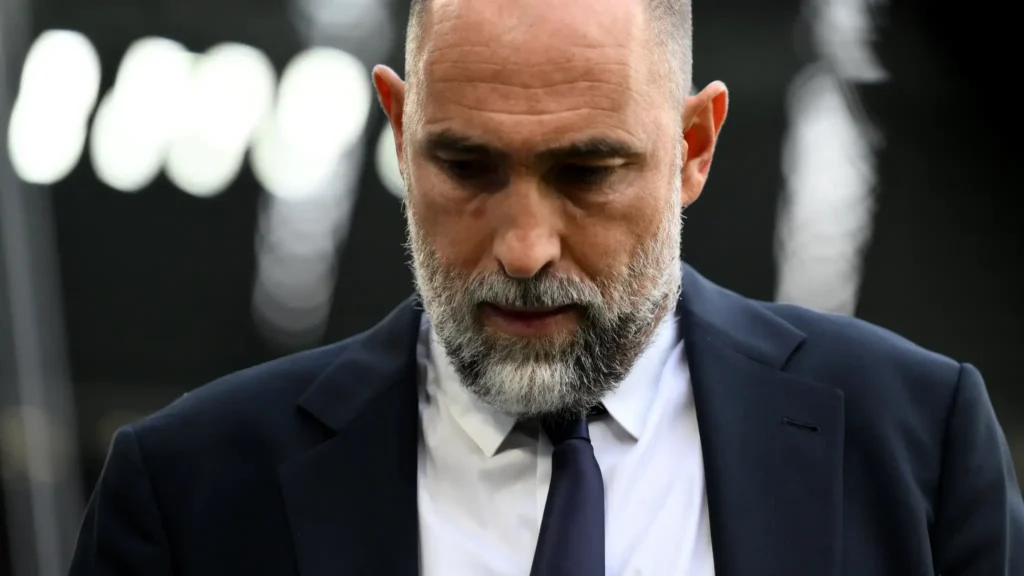
The sacking of Igor Tudor, though looking desperate at this stage of the season, looked imminent after a streak of eight winless games. The Croatian was dismissed on October 27, 2025, with Juventus immediately turning to former Italy National Team and Napoli manager Luciano Spalletti to steady the sinking ship of Juventus. This managerial merry-go-round has raised a striking question among football fans and Bianconerri about the recent fall from grace of The Old Lady, as this is their third managerial sacking in the last 18 months (Allegri in May 2024, Motta in March 2025, and Tudor in October 2025), but this isn’t a problem that has simply unravelled in recent times; it is the result of a foundational corrosion that has been taking place for years.
The Setup: A Disaster In The Making
The Managerial Merry-Go-Round

The managerial crisis, which has been ongoing for years, reveals a glaring lack of identity and vision within the Juventus hierarchy. The series of failed appointments (or experiments) started with Maurizio Sarri, who was sacked for not delivering on the long-standing UCL dream of the Bianconerri and the Juventus board. And then with Andrea Pirlo, who was brought in to such a huge job as a first-timer, it turned out to be a “blunder” decision as Juventus, for the first time in nine seasons, lost a Serie A title, as well as barely qualified for the UCL, which showed signs of worries in the upper management and chaos in the dressing room which ultimately led to the sacking of Pirlo.
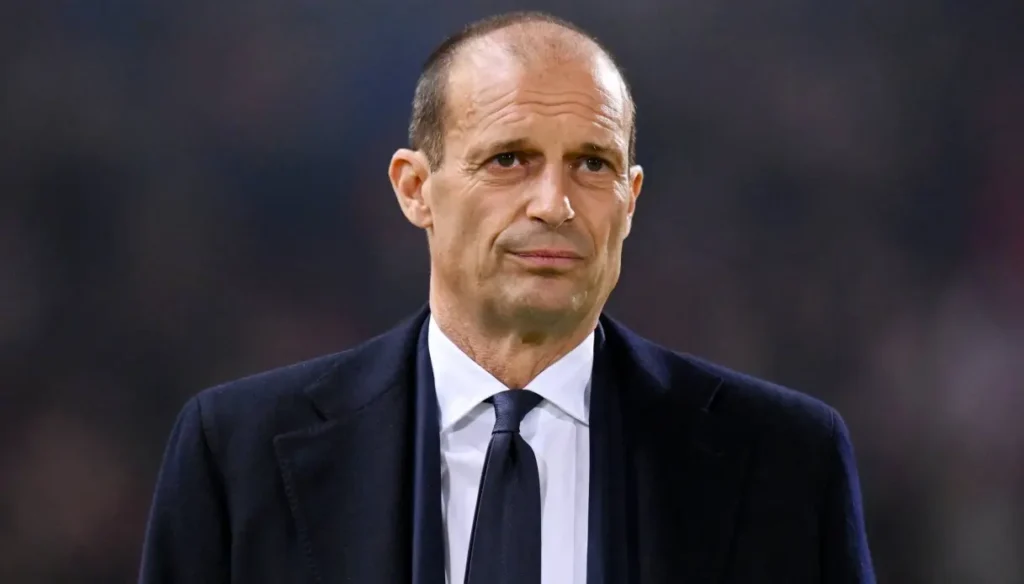
After this, Juventus went back to their old boss, Massimiliano Allegri, which seemed like a decision taken due to lack of vision, as before Sarri, Allegri was previously sacked for the “boring” pragmatic approach in his football, and they tried to change that with a more dynamic attacking approach of Sarri and Pirlo, whose results were not up to the mark as deemed by fans and the board and hence treid to return to the tried and tested “Allegri-ball” which though helped them to steady their ship for short term among other problems being faced by the club. But the hunger to witness a better style of football and to regain the lost glory, Allegri was sacked to bring in Thiago Motta, who was brought in as a long-term “project” manager but was given almost no time before getting axed by the management for lack of good results midway into the 24/25 season, and was replaced by former Juventus player Igor Tudor. Although Tudor wasn’t really an exciting name among fans, he helped Juventus qualify for the Champions League. Before the start of 25/26, there was growing optimism among fans to finally regain the long-lost glory, and it was looking like that after their first few results in Serie-A, but after the 4-4 draw at Champions League against, things started to go downhill for Tudor, and he was eventually sacked and got replaced by Luciano Spalleti the legend at Naples who made Napoli win a Scudetto after 33 long years and is expected to end the long drought in Juve aswell.
The Boardroom Drama
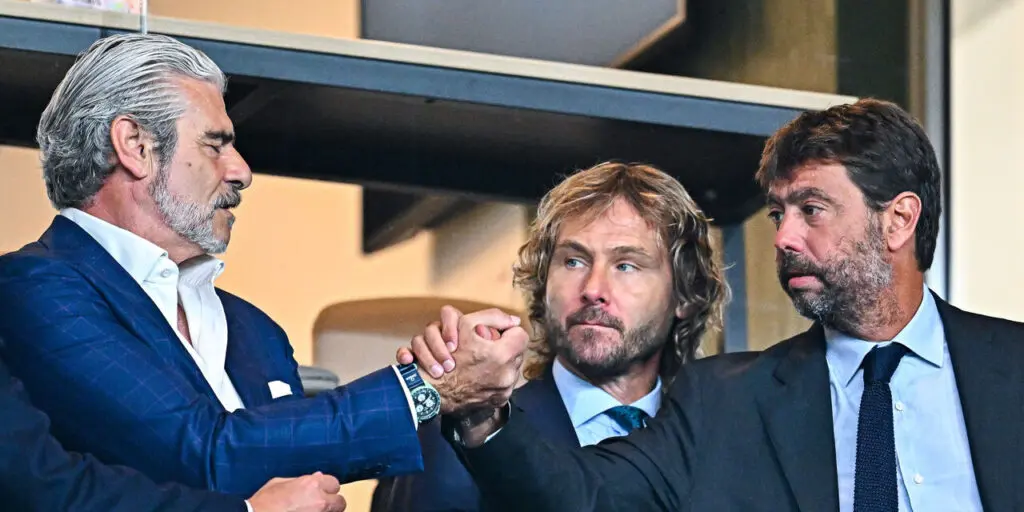
To understand the chaos on the pitch, one must look to the boardroom’s implosion in November 2022. The mass resignation of the entire board, led by president Andrea Agnelli and vice-president Pavel Nedved, was the watershed moment for the club as it exposed all the long-standing discrepancies the club had been running through for all those years. The trigger for this implosion at the board level was due to the ‘Prisma’ investigation into the club’s finances.
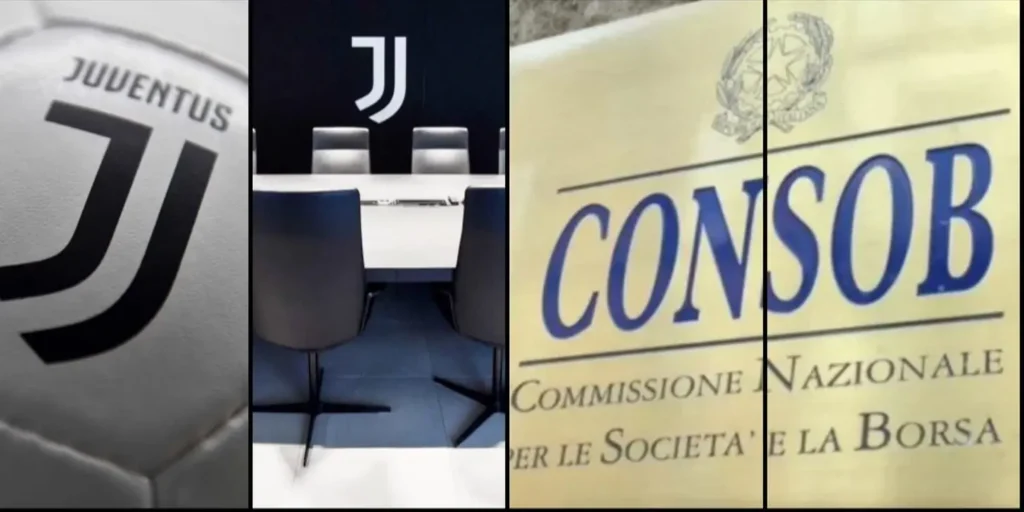
Prosecutors and the Italian market regulator, Consob, scrutinized the club for alleged false accounting and, most notably, inflated transfer values (known as ‘plusvalenze’), trying to balance the books using manipulated records. One of the reports in 2021 raised huge concerns over the 62 transfers in Italian football, 42 of which involved Juventus in some capacity or other. Investigators also uncovered secret agreements from March 2020 where the club publicly claimed players had waived four months’ salary, while privately promising to pay three of those months back. The fallout was catastrophic: an initial 15-point deduction (later adjusted to 10) that crippled their domestic season and a ban from European competition, vaporizing vital revenue and leading to a lack of transparency between the board, players, and fans who found themselves to be betrayed and vulnerable in the difficult times, and the rift was getting further more evident.
Financial Troubles and Austerity
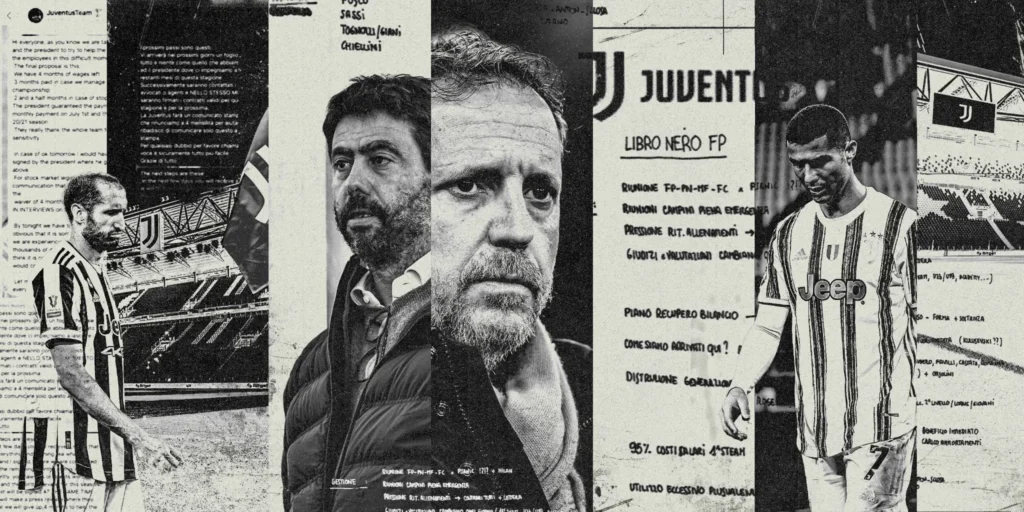
The club’s ongoing financial woes are not something that’s been shown in more recent times, but it is something that has been mounting for years. Many trace the beginning of the financial decline to the 2018 signing of Cristiano Ronaldo and relate the club’s financial woes to the impulse purchase decision shown at that time. Still, his career at Juventus was nothing short of spectacular as he scored over 100 goals during his stay in Turin. But the €100m+ transfer fee and massive wages were a devastating financial burden for the club, as they were not yet ready to sustain such high spending while they had other problems to solve through that money. The overall combined package of Ronaldo’s transfer fees, including his salary over the next 3 seasons alongside a record-breaking €254.3m loss in the 2021-22 season, left the club in financial ruins.
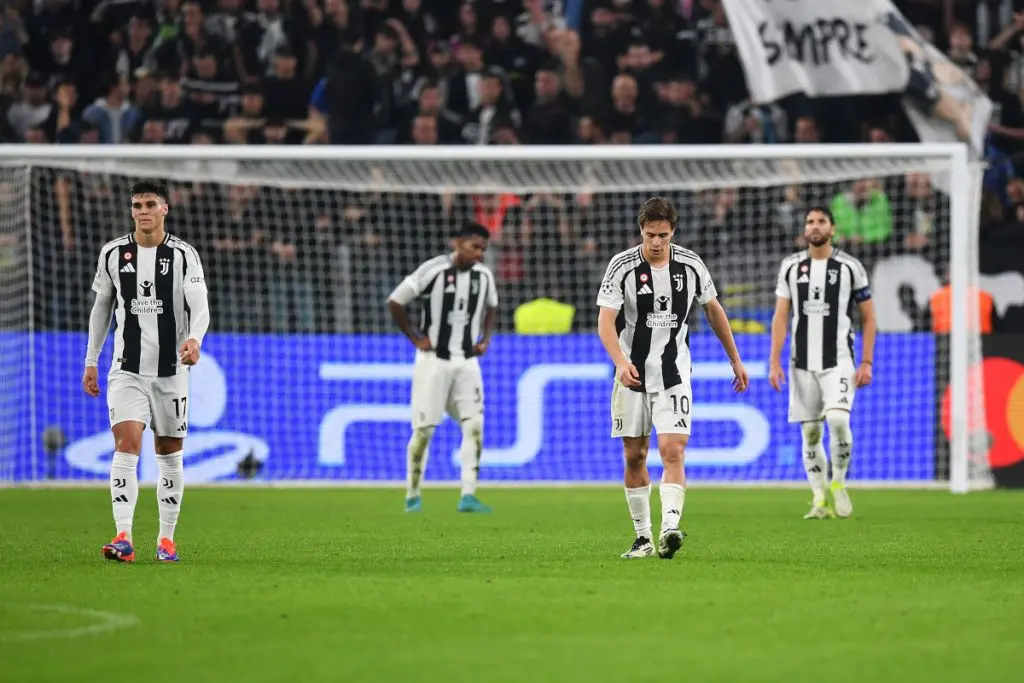
After those disastrous steps, a new technocratic regime was installed by the holding company Exor and led by President Gianluca Ferrero and (now former) sporting director Damien Comolli to take over the financial disaster at the club and help the club to overcome the traumas it had suffered all along. The regime mandate was not glory, but it was about survival, stability, and financial austerity. This boardroom reality has created a vicious cycle on the pitch. The era of superstar signings was over unofficially, and was replaced by a harsh “sell-to-buy” policy that has seen promising youth talents like Matias Soulé and Dean Huijsen being sold off to fund other important purchases to help the boat of Juventus stay afloat. This has left managers with limited resources and constantly changing tactical systems to fit them according to the players they have, yet they are still expected to produce immediate, top-tier results, which has caused further issues going on into the club.
Conclusion: An Agonizing Rebuild (Trust The Process)
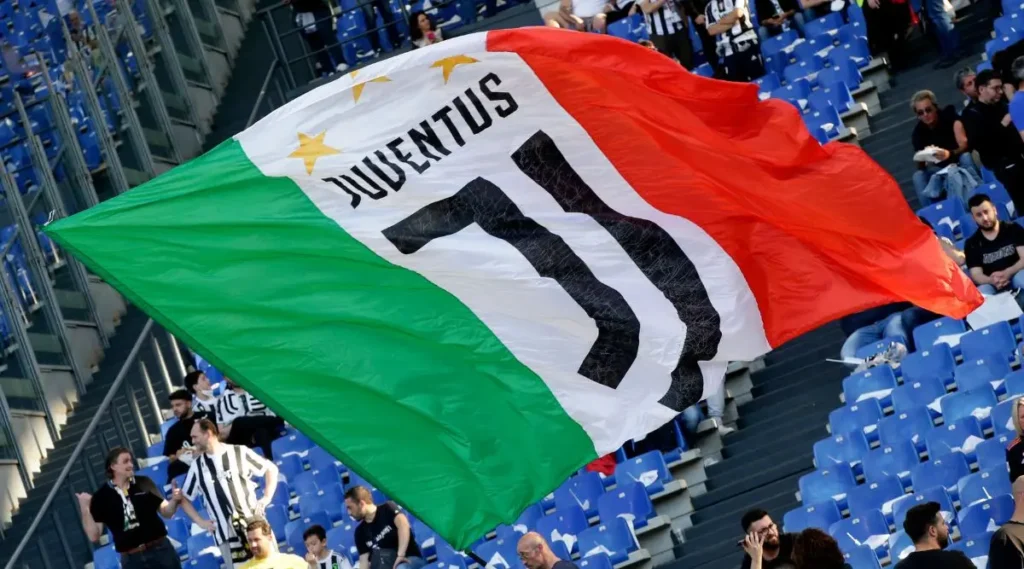
Juventus is a club right now that looks to be attempting to fix its on-field performance while simultaneously undergoing a complete administrative and financial reconstruction following its recent crisis. The core problem is not simply the coach, but the club’s fundamental instability. This is the same club that heroically rose from the Calciopoli scandal to rebuild itself and dominate Serie A, winning nine consecutive league titles. It is especially sad to see the home of legends like Henry, Zidane, Pirlo, Buffon, and Del Piero in such disarray and the mighty Old Lady of Turin falling.
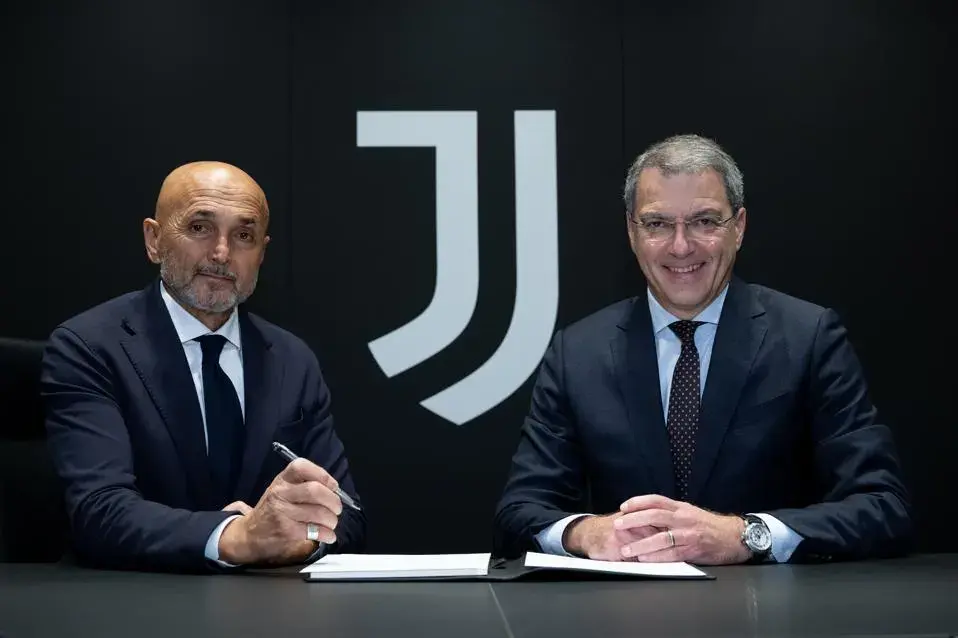
Although the cycle of appointing new managers and sacking the old ones is still looking to continue as they have appointed Luciano Spaletti as the new head coach of Juventus, there is now hope that the new manager can fix these ongoing issues on the field, much like the miracle he performed at Napoli with his distinct style of play and tactical approach. However, until the administrative and financial structures are truly stable, any manager looks to be set up to fail. Juventus now no longer looks anywhere near like the dominant force it once was, and the question is no longer when the club will win again, but whether this painful rebuild is the end of an era or the necessary, agonizing start of a new one.



An excellent and thoughtful piece.